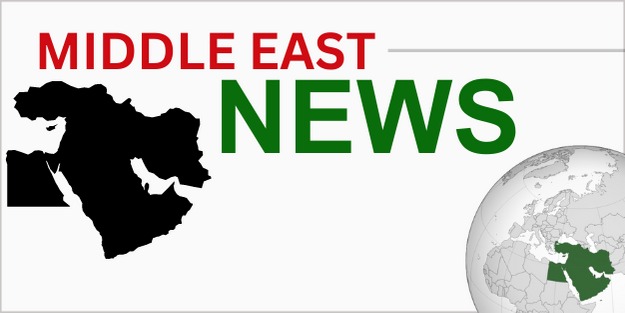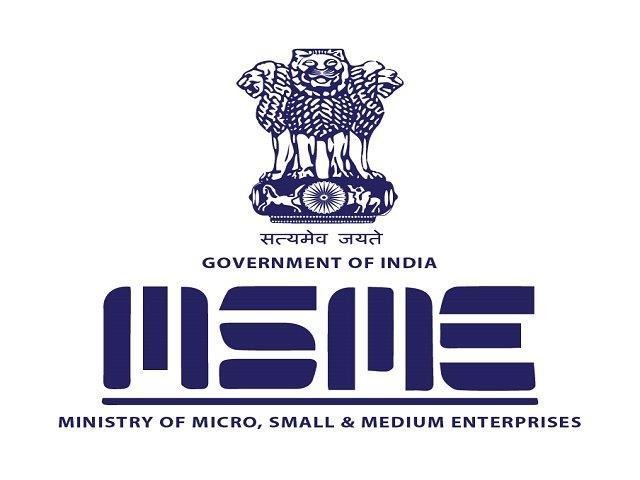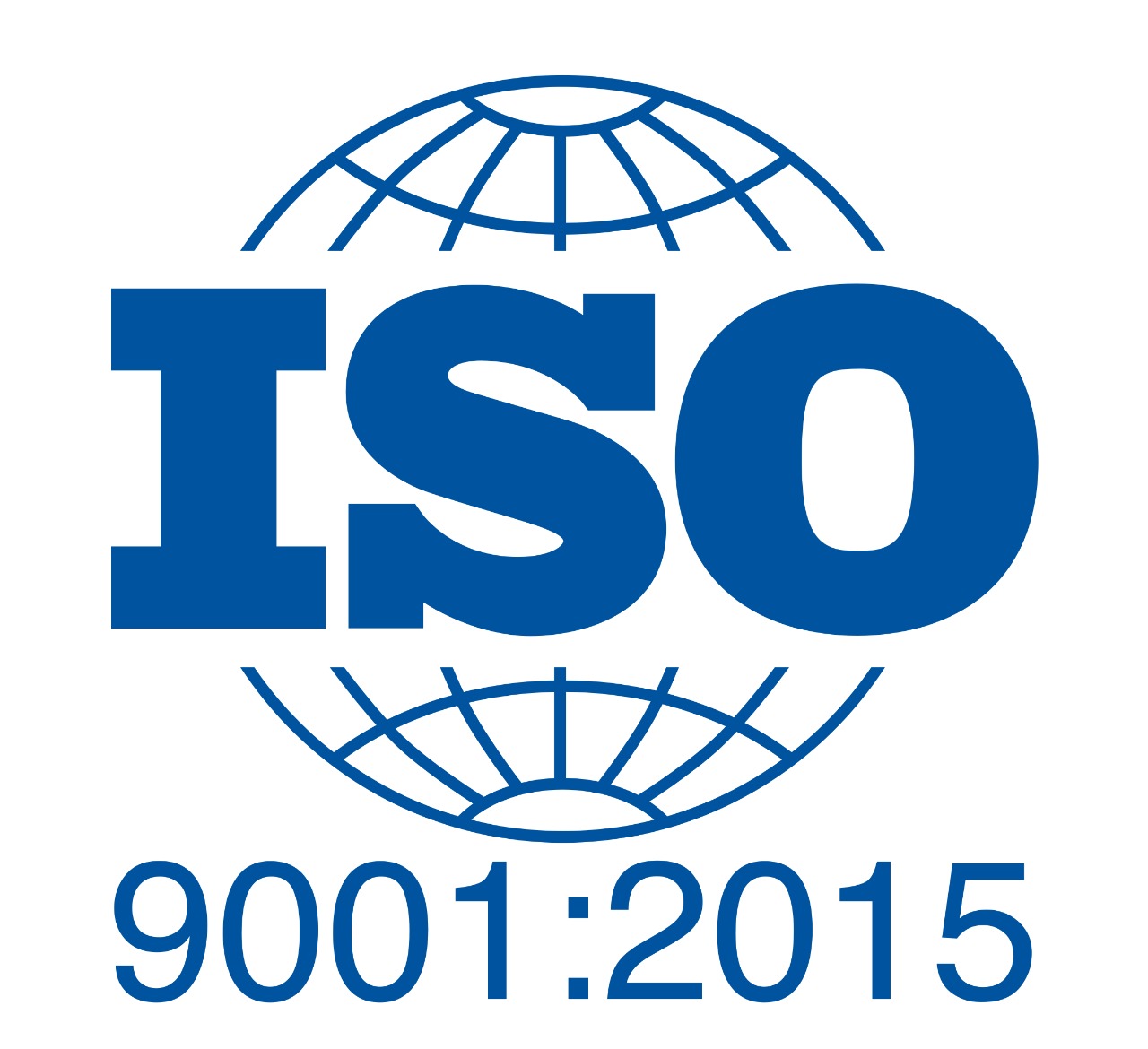
Apace Digital Cargo had the opportunity to interview Rajesh Menon, Associate Director – DPIIT, Ministry of Commerce and Industry, to gain insights from his extensive experience focusing on the maritime sector in India. In this interview, we delve into the government’s initiatives and strategies to foster the development and promotion of the maritime industry. We explore key projects such as the multimodal gateway to East India and the Prime Minister Gati Shakti initiative, which aim to enhance connectivity, trade opportunities, and project planning. Additionally, we explore the government’s efforts to promote maritime training and skill development. Lastly, we gain valuable insights into the future growth and development of the maritime sector and the crucial role the government and relevant stakeholders play in achieving these goals. Here are the excerpts:
As an expert in the field of industry and trade, could you provide an overview of the government’s initiatives and strategies to promote and develop the maritime sector in India?
The maritime sector accounts for 70% of EXIM trade by value and more than 90% by tonnage. This is catered to by 12 major ports and 66 functional non-major ports spread along our peninsular coast. The Indian economy, in terms of GDP growth, is currently at USD 3.5 trillion dollars, and we are growing at more than 6% annually. However, apart from our ports at JNPT Mumbai and the non-major port at Mundra, the number of Indian ports in terms of volume and efficiency does not meet world standards. Moreover, similar to the mandates in COPE 27, the need for green shipping is also a challenge. On the inland water transportation side, India’s transport modal share is relatively skewed towards road and rail, with only around 7% modal share of inland water transport compared to 24% in China. Excessive road/rail movements have a negative impact on congestion and pollution levels on key land-based trade routes. The prospects of moving commodities through coastal shipping are also essential for the country.
With these challenges in mind, the Government of India came up with the Maritime India Vision 2030 document, which identifies over 150 initiatives to be implemented. These initiatives include the development of existing port infrastructure, the creation of new ports, increased technology intervention, the development of multimodal transportation, green shipping, and the growth of coastal and inland waterways transportation, among others. These initiatives require both policy support and an enabling environment to encourage private investment. An example of this is the modal concession agreement finalised in 2021. Furthermore, through the Sagarmala Scheme, the Government of India supports over 800 projects, with more than 200 of them receiving direct financial support. Steps are also being taken under the collective and cooperative mechanism between the Centre and state governments, yielding positive results.
A notable example is the Ro-Pax service from Mumbai to Mandwa, which was inaugurated on 15th March 2020. This service helps commuters avoid traversing nearly 111 kms by road, instead opting for a refreshing and entertaining 60-minute voyage. The distance between Mumbai and Mandwa by road is around 110 kms and takes three to four hours, whereas the ferry route covers 18 kms in approximately one hour. Apart from enhancing customer experiences, this service also positively impacts the environment and adds value to the economy as a whole.
Another example is the Ro-Pax services between Ghogha and Hazira in the Gulf of Cambay, Gujarat. This service, inaugurated on 8th November 2020, significantly reduces travel distance (from 370 kms to 90 kms) and time (10-12 hours to 4 hours) compared to the road journey between the south of Gujarat and Bhavnagar. Many similar initiatives are currently underway.
The development of a multimodal project is expected to create a new gateway to East India. Could you shed light on the key features and objectives of this project, and how it will enhance connectivity and trade opportunities in the region?
The multimodality of cargo and passenger movement to Eastern India is driven by two major waterway projects, namely National Waterway No. 1 through the Ganga (Varanasi-Haldia link) and Waterway No. 2 through the Brahmaputra (Dubri-Sadiya link). Additionally, Waterway No. 5 is also envisioned to connect eastern parts of India to the ports at Paradip and Dhamra. These projects, along with the multiple road and rail infrastructure projects being constructed in the region, are bound to create a new gateway to East India. Another strategic intervention is the Kalandan Multi-Modal Transit project, providing an alternate route through Sitwe Port in Burma to the North East.
Our mineral resources, especially coal and iron ore, come from Eastern India and serve as raw materials for industries throughout the country. They are also the source of raw material for power plants. Easy connectivity to East India through multimodal transit will not only reduce logistic costs but also lead to the development of affiliated economic nodes. It will also facilitate the movement of our cargo to Eastern Asia and enable cost-effective sourcing of materials from that region.
The Prime Minister Gati Shakti initiative aims to enhance multi-modal connectivity and create a digital platform for integrated planning of projects. How does this plan envision the interconnection of ministries and departments to ensure seamless movement of goods and improve transparency in project monitoring? Could you share some insights into its expected impact on the maritime sector?
The development of a country relies heavily on the availability of its infrastructure facilities. Without a solid infrastructure base, a country cannot develop its economy. India’s ambition of sustaining its relatively high growth depends on how we create an enabling infrastructure capable of meeting the needs of its growing economy and population. The development of multimodal infrastructure connectivity results in the equitable distribution of cargo movement, creating sustainability and efficiency in transportation infrastructure and significantly reducing logistics costs. Currently, India has the world’s largest road network, exceeding 3 million kilometers, and the Indian Railways’ track length is nearly 1 million kilometers. We are also blessed with a long coastline of nearly 7,500 kilometers, featuring 12 major ports and nearly 200 non-major ports. Additionally, we have an inland navigable waterway length of nearly 20,000 kilometers.
With a vision of planned development, the National Master Plan (NMP) for multimodal connectivity called PM GatiShakti was envisioned in 2020. The overall objective of developing such a comprehensive plan was to adopt an integrated approach to all existing and proposed infrastructure initiatives through a planned approach. The plan aimed to create zones of economic activity in the country as the fulcrum of economic development, interconnected with a network of multimodal connectivity down to the last mile. The plan also ensured that the initiatives undertaken by various ministries develop synergy. Therefore, the NMP is not just an infrastructure plan, but an integrated approach technologically enabled to holistically integrate all multimodal projects.
In the maritime sector, the government has identified multiple projects for implementation by 2024, including waterway projects, increasing storage areas at ports, mechanisation of cargo handling facilities, and the development of new ports and terminals.
As the maritime industry evolves, the importance of skilled workforce and training becomes crucial. What measures or programs does the government undertake to promote maritime training and skill development, ensuring a qualified workforce for the industry?
The prospects for development and infrastructure growth also bring the challenge of availability of skilled manpower. To address this issue, a skill gap assessment study was conducted, and areas of intervention were identified. Skill-based teaching packages are being implemented as part of the government’s skill development programs. The Deen Dayal Upadhyaya Grameen Kaushalya (DDU-GKY) program, under the Ministry of Rural Development, is currently underway with skill development initiatives for the maritime sector. States are also encouraged to develop skill development centers to bridge the growing skill gap. As part of the Gati Shakti initiative, institutes of excellence across the country have been selected to impart logistic skills to professionals.
In conclusion, considering your expertise and experience, how do you envision the future growth and development of the maritime sector in India, and what role do you believe the government and relevant stakeholders will play in achieving those goals?
As a subject expert, the challenge lies in how we are able to adhere to conservation norms. Green shipping is a major initiative in this regard, encompassing battery-operated electric ships and boats, the usage of alternative fuels, and minimising maritime waste. The usage of hydrogen as a fuel is an alternative solution, and the National Green Hydrogen Mission will facilitate its demand in the maritime domain. Additionally, technology for producing low-sulfur bunker fuels is crucial. Policy initiatives should prioritise adhering to green shipping norms and facilitate investments in these areas. The private sector is already making progress in this direction, and as time unfolds, we will witness newer green technologies and projects.




